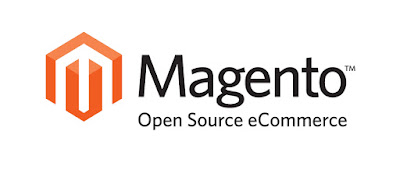Do you own an online website that
you’re making money from? The ultimate goal of every online shop is
to find interested parties and convert them into paying customers.
The Magento eCommerce platform was designed exclusively to allow you
to build outstanding online stores that provide a high level of user
experience (UX) to visitors. It is used by over 500,000 highly
successful businesses worldwide at the moment, and the number keeps
increasing.
Why should you move to Magento?
There are a large number of advantages
to moving to this platform. Here is an overview of some of the top
ones:
Provide a high-quality shopping
experience
Magento pages load lightning quick,
thanks to a server page caching feature (and other features). You can
also extensively customize your store and add an extensive array of
advanced functionalities to it without breaking a sweat. All this
contributes to building a shop that looks good and is a joy to shop
on.
Make your store accessible on
mobiles
Magento supports responsive design by
default. As the bulk of your customers will probably want to shop on
your store – or at least browse it – on their phones, owning a
mobile-friendly shop is an easy way to boost revenues.
Make a shop that grows as your
business does
Magento stores have no product limits.
That means you can build as big a store as you want. Also, you won’t
have to spend time building a new store if you’re looking to expand
– the platform is fully scalable and will grow (or shrink) with
your business, saving you a lot of resources in the long run.
Your store will be cheap to run and
maintain
The platform is fully open source. That
means you don’t have to pay a dime to use it or modify it. Also,
finding hosting for Magento is very easy, since it’s a popular
platform. Most hosts won’t charge you a lot of money per month to
host your business.
You can hire developers for cheap
Magento enjoys a solid backing by
experienced developers from around the world. If you’re not
tech-savvy, you will need to hire dedicated Magento developers once a year to
redesign and revamp your store and fill security holes.



